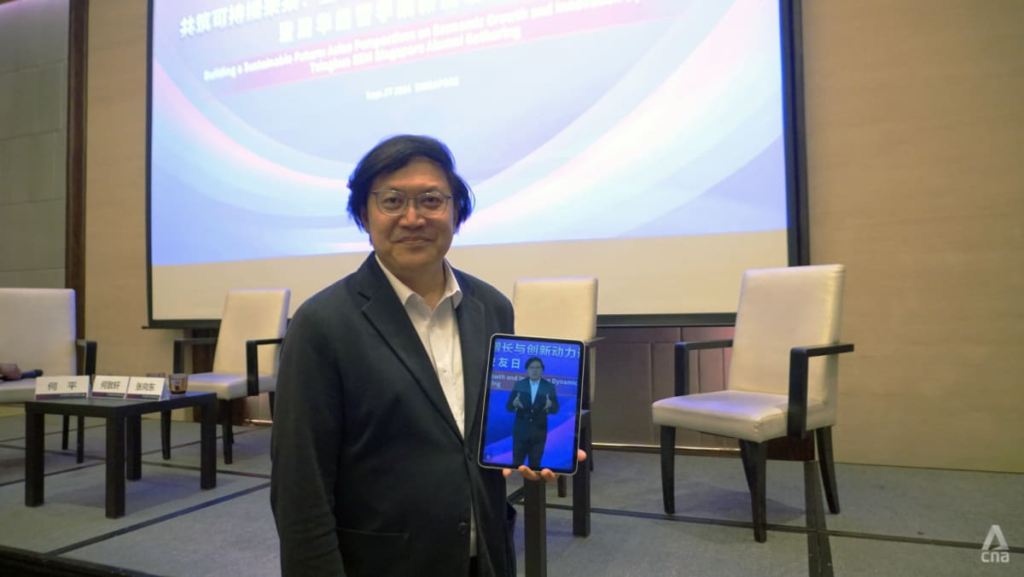Earlier this month, I attended Tencent’s Global Digital Ecosystem Summit in Shenzhen, where I got to experience their Digital Human showcase at the Shenzhen World Exhibition & Convention Center.
Along with other international media — including journalists from Malaysia and Indonesia — we were introduced to a digital version of Mr Dowson Tong, CEO of Tencent Cloud. Big crowds gathered to watch a virtual version of Mr Tong appear on a large screen and deliver a presentation in three languages: Chinese, English, and then Bahasa Indonesia.
Then it was my turn (I was quite eager to try out the technology).
With my phone, I scanned a QR code which directed me to Tencent’s website where I submitted a recent photo, a 30-second voice recording, and 100 words of text paragraph for my digital human to say.
I also had the freedom to choose from nine different languages for my digital human: Chinese, English, Korean, Japanese, Arabic, Bahasa Indonesia, Thai, French, or German. There was even an option to switch the voice to a different gender, which I found fascinating.
Unfortunately there were technical difficulties. Despite help from Tencent staff, I wasn’t able to generate my digital human on site so the process had to be completed remotely once I returned to Singapore.
I had help from the team at Tencent Cloud and Smart Industries Group. I provided a one-minute voice recording, along with a 30-second video. I was told that my face and mouth had to be clearly visible throughout. And for fun, I decided to recite tongue twisters —making sure my face moved in sync with my words.
Before the final step, I was required to provide consent so I recited: “I, Melody Chan, am aware that recordings of my voice will be used by Tencent Cloud to create and use a synthetic version of my voice.”
When the final product arrived, it was startlingly lifelike, almost a mirror of the video I had submitted. The voice, while slightly robotic, was impressive nonetheless. Hearing myself speak fluently in languages I don’t know, like Thai, Arabic, and French, was surreal.
However, there were a few small glitches. The sentence breaks felt a bit unnatural, and if you paid close attention, you could spot my hand gestures repeating themselves.
In the end, creating my own hyper-realistic digital doppelganger was undeniably fun, but also a little dystopian. It felt like something straight out of Black Mirror.
Seeing ‘Digital Melody’ come to life made me wonder… how long before AI comes for our jobs?
Read the full article here

